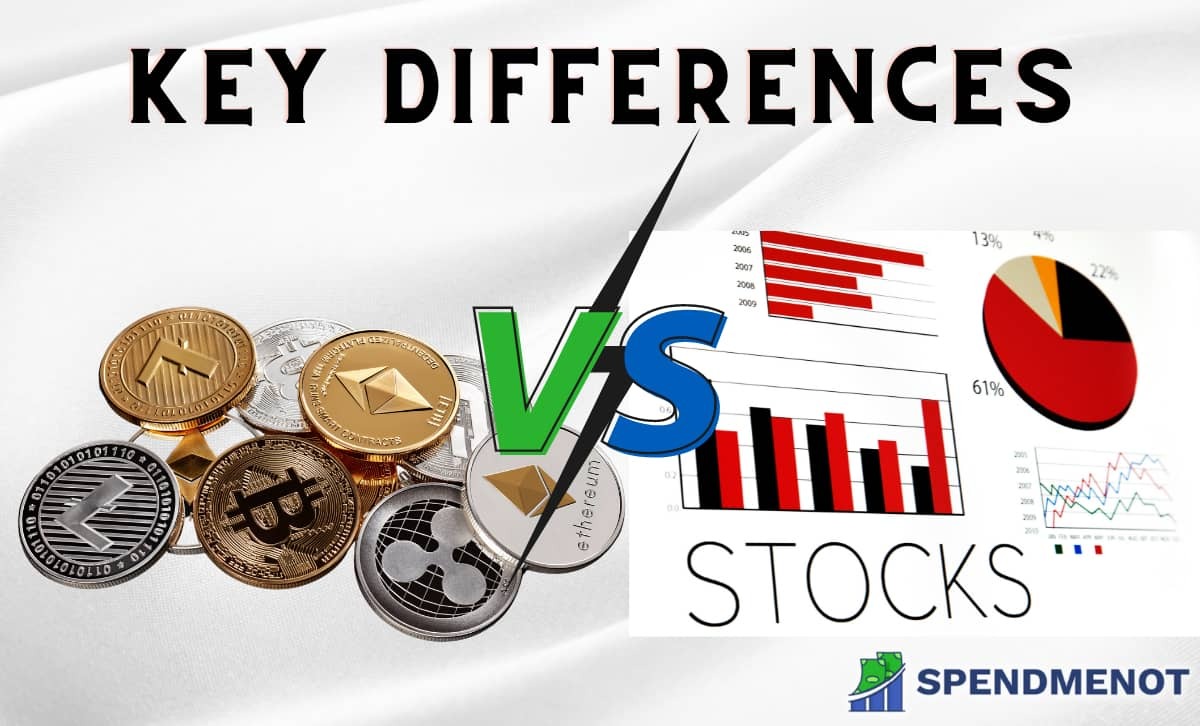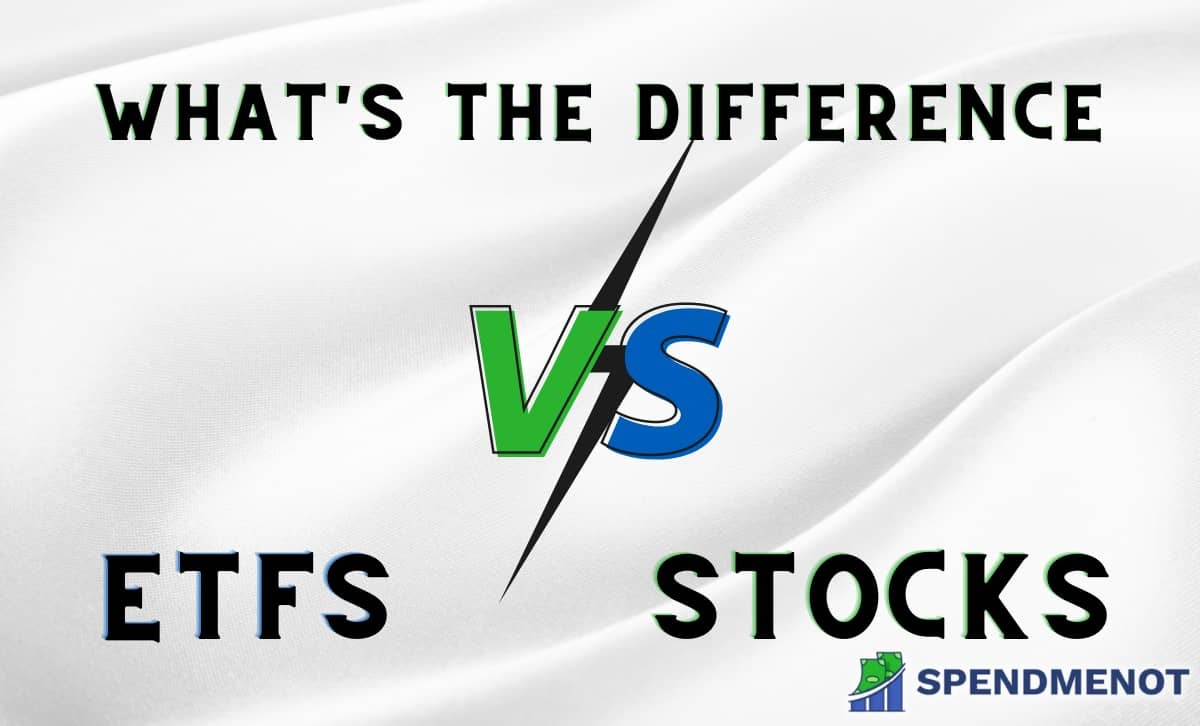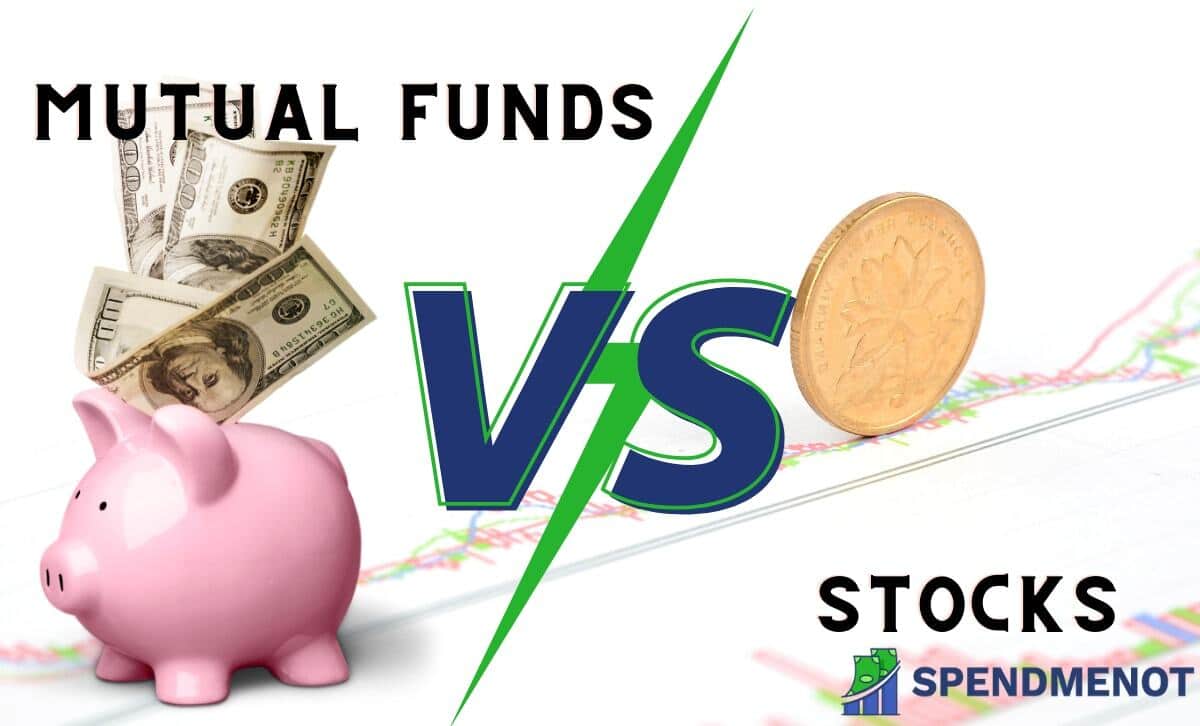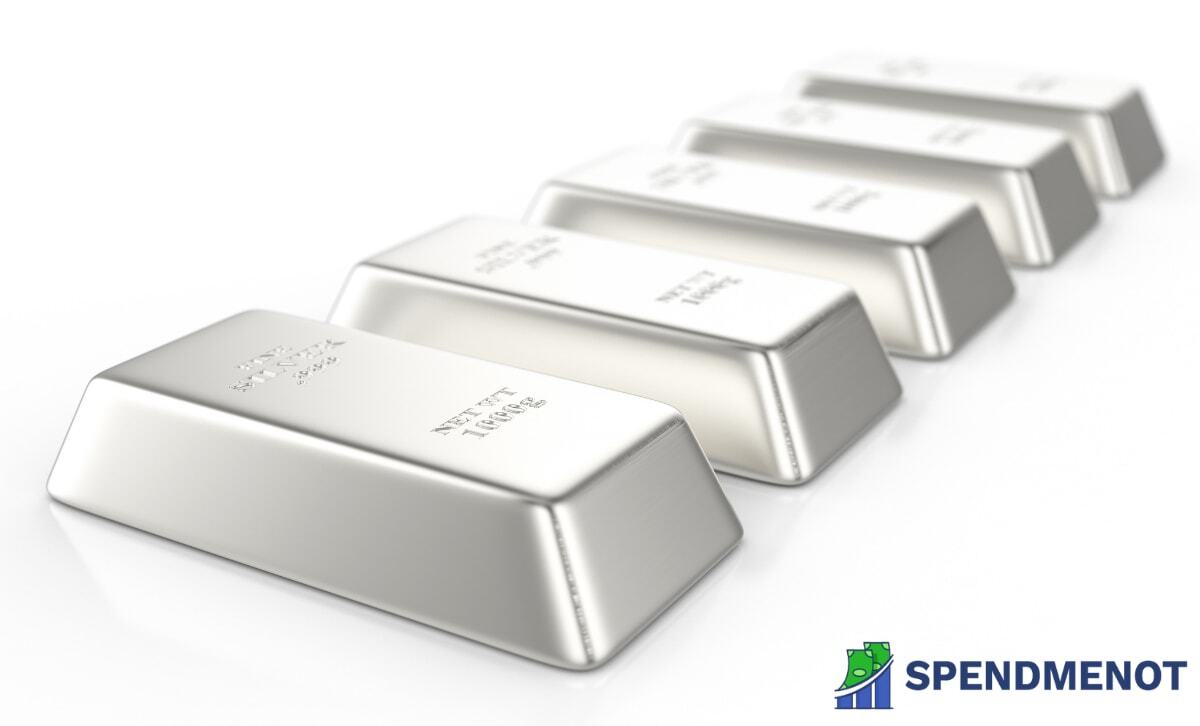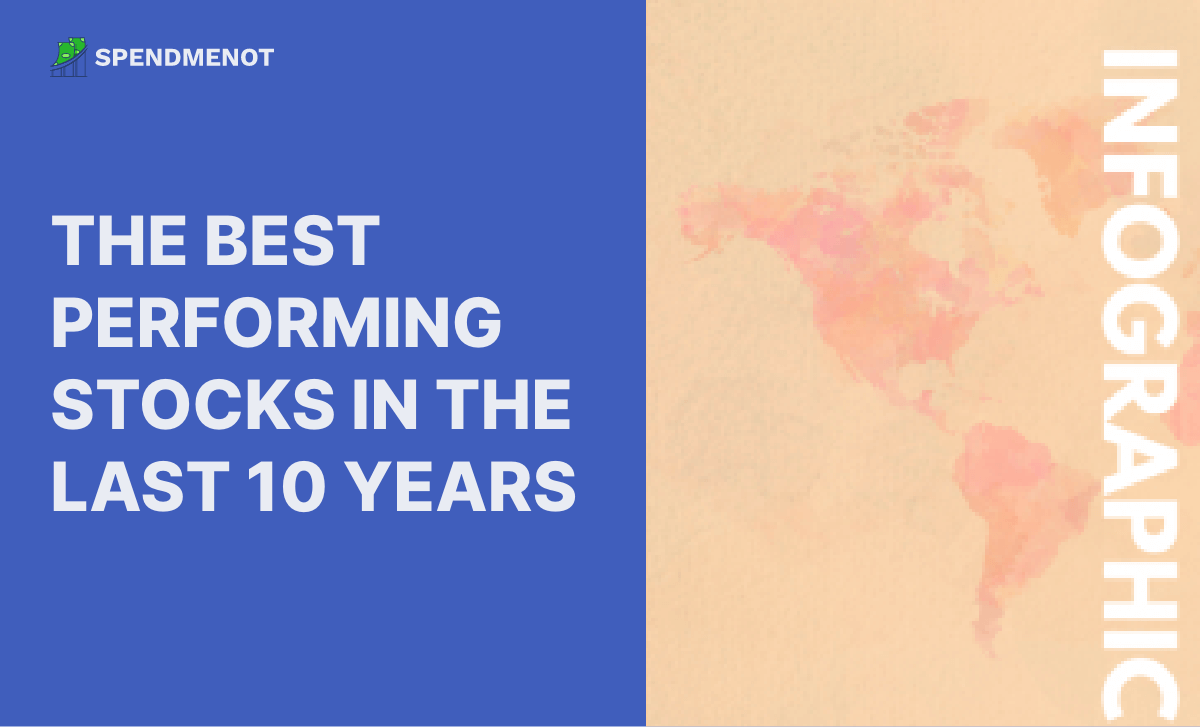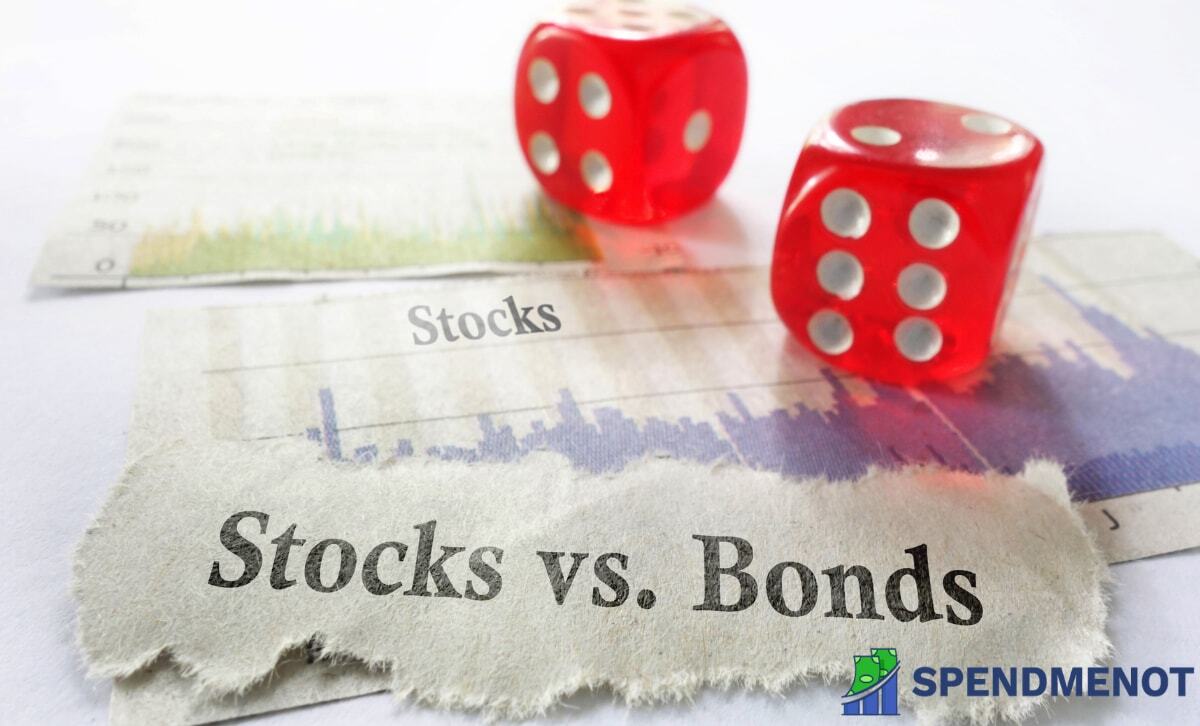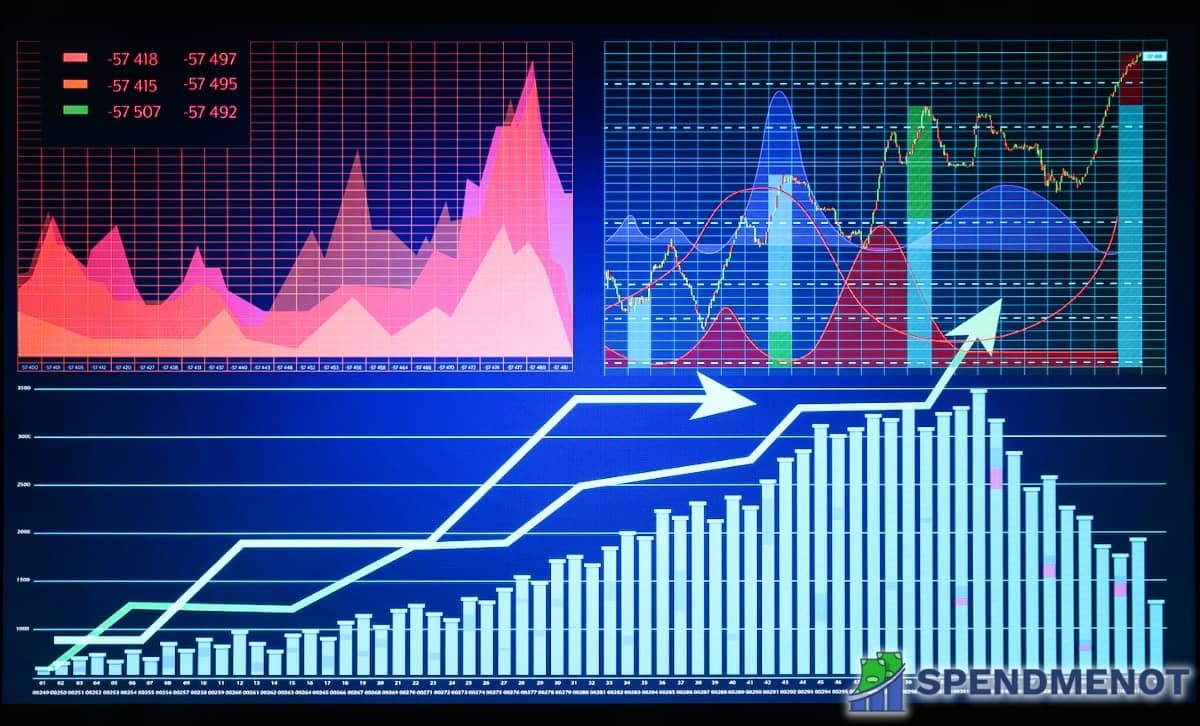Types of Stocks
Last Updated: January 11, 2023
Financial markets are full of exciting and sometimes confusing terms. When it comes to the various types of stocks, it’s easy to lose track of how things work. There are stock market classes and sectors to keep in mind. How do you know what stock types will suit your needs and serve your purposes?
Are you confused yet? Don’t worry! This article will cover the different types of stocks and explain how they work.
What Is a Stock?
A stock represents the ownership of a percentage of a corporation or company. There is a difference between stocks and shares, and beginner investors don’t always realize this. Units of stock are called shares, and the stock owner is entitled to part of the corporation’s assets and profits. The amount they are entitled to is proportional to the amount of stock (shares) they have purchased.
Stocks can be obtained on stock markets or through private sales. Some stockbrokers even operate online, making the process faster and more convenient.
Sales of stocks are regulated by government rules to protect investors from fraud. Stocks are the most popular form of investment and have been a reliable form of investment for many years.
Different Stock Types
The different types of stocks each have their own benefits and drawbacks. That is why you should learn more about them before investing your money.
Let’s take a closer look at the types of stock you can put money into and the way it all works.
Common Stocks
The most popular type of stock is common stock. It’s what most people invest in it, and it’s a reliable source of income. These shares of stock represent only partial ownership in a company. In theory, common shares offer unlimited potential.
However, these stock types also come with the risk of losing the entire investment if the company folds and has no assets left.
Should the company dissolve, the shareholders have to hope there is enough money left for them. They will receive part of any remaining assets’ equity.
Preferred Stocks
This type of stock is slightly different in that it gives preferred shareholders priority over common shareholders. This means that if the company dissolves, these shareholders will be on top of the list to get back some of their money.
A preferred shareholder may also receive dividend payments before the common shareholders do. As such, preferred stocks are closer in investment to fixed income bond investment than to standard stock investment.
Finding companies that sell preferred stock is a bit more difficult because the demand for common stock is much higher.
Domestic Stocks
Stocks can be categorized by location as well. To distinguish stocks from each other in this manner, the investor just has to look at where the company’s headquarters are located.
However, the geographical category isn’t always clear. A company can be located within the United States but does business with foreign markets, for example.
Domestic US stocks can be identified by their symbol. Stock symbols usually consist of three to five letters. For example, Netflix’s symbol on NASDAQ (National Association of Securities Dealers Automated Quotation system) is NFLX.
International Stocks
International stocks are found on the international stock market. Here, international companies sell stocks from their domestic companies. Investors can buy stocks from various markets such as the American market, the Japanese market, the British market, and more.
When investing in this type of stock trading, the value of stocks can fluctuate quite a lot. Investors can sometimes earn higher returns because of currency differences. However, international stocks can be riskier because of these differences.
These types of stocks can provide the investor with a consistent return but can be just as risky as any other stock type.
Dividend Stocks
There are many stocks classes that payout dividend payments to shareholders. The payouts are made regularly, and as such, dividend stocks are seen as more valuable.
This kind of stock is very popular, especially among investors who want to see consistent returns that feel more secure.
However, it should be noted that not all dividend stocks pay out significant amounts. A share can pay only $0.01 and still qualify as a dividend stock company.
Non-Dividend Stocks
Not all companies offer dividend stocks, but non-dividend stocks can still be suitable for investments. Some of the world’s biggest companies do not pay dividends.
Although it can seem pointless to invest in these types of stocks if there will be no payout, it can be highly profitable. When a company does not pay out dividends, more money can be pushed back into the company.
As a result, the stocks’ value can rise, so selling will see the investor with more profit.
Income Stocks
Income stocks are actually the same as dividend stocks as they pay out in the form of dividends.
However, income stocks can also refer to stocks from companies with more mature business models. These companies don’t have as many long-term opportunities for growth and are suitable for conservative investors.
This type of stock is very popular among investors who are retired or close to retiring.
ESG Stocks
These stocks are somewhat different from standard ones and have to meet specific criteria. ESG (Environmental, Social, and Governance) stocks are bought by investors who are less concerned with profit and more with the company’s environmental impact.
Of course, positive returns are necessary as well, but they often take the back seat. An example of investment in this type of stock is when an investor buys stock from a company that aims to boost sustainable agriculture.
The investor will still receive income, but the most critical factor is the good that the company does for its environment and community.
Safe Stocks
Safe stocks have share prices that make reasonably small up and down movements on the stock market. They can also be called low-volatility stocks and operate in industries not as affected by changes in economic conditions.
Companies with these types of stocks do often pay out dividends, which can make up for falling share prices if times get tough.
Small-Cap, Mid-Cap, and Large-Cap Stocks
Stocks can be categorized by the total equity of all their shares, and this is referred to as market capitalization. Companies can fall into one of three related categories: small-cap, mid-cap, and large-cap.
Generally, small-cap stocks come from companies with market caps that fall below $2 billion. They are viewed as being riskier than large-cap stocks but come with much higher growth potential.
Companies with market caps between $10 billion and $2 billion fall into the mid-cap category. Like their small-cap counterparts, they are riskier investments but offer more capacity for future growth.
Any company with a market capitalization of $10 billion and above falls under the large-cap category. These stock types are considered safer and more on the conservative side.
Growth Stocks
Growth stocks are found with companies that are showing a quick rise in their sales and profits. Investors in this kind of stock will often look out for growing companies that have inexpensive shares.
These stocks are riskier, but the potential returns are much higher than with many other stocks. Successful growth stocks come from businesses that tap into high-demand industries.
However, the competition can be fierce, and the value of these stocks can be disrupted quite easily.
Value Stocks
Value stocks are some of the less-risky investment options. Investors buy this class of stocks from well-known, mature companies that have already grown into leaders in their respective industries.
These companies don’t have much more room for growth as they are already at the top and are more reliable. As such, they are good choices when looking for dependable investments.
Cyclical Stocks
Cyclical stocks are stocks from businesses in industries that sell products or services in demand when the economy performs well. This can include airlines, restaurants, hotels, and high-end retailers.
When people stop supporting these companies, their stock equity decreases, so these stock types can be quite risky.
Non-Cyclical Stocks
As the name suggests, non-cyclical stocks (also called defensive or secular stocks) are from companies that do not have such fluctuations in demand.
Grocery stores are an example of a company with non-cyclical stocks because the shares will perform well regardless of the state of the economy.
Penny Stocks
This is one of the stock categories where judgments are made based on perceived quality. Penny stocks fall into this category. They come from low-quality companies with low stock prices — as little as $1 per share.
Penny stocks have speculative business models, which are seen as highly risky and can wipe out an investor’s entire investment very easily.
IPO Stocks
Companies that recently went public have IPO (Initial Public Offering) stocks. This is basically a fundraising method for new companies. Compared to other types of stock trading, IPO investing can be unstable but also very profitable.
IPOs can often create a lot of excitement amongst investors who want to invest in new companies. It’s important to note that the price of shares on offer is determined by investment banks.
Blue-Chip Stocks
Blue-chip stocks are often described as the ‘cream of the crop’ in the investment and business world. These stocks are available from companies that are industry leaders with strong, reliable reputations. Like penny stocks, blue-chip stocks are judged on perceived quality.
Returns from blue-chip stocks aren’t necessarily very high, but they are stable. As a result, these stocks are popular with investors who don’t like taking risks.
What Are the Different Stock Classes?
In the stock trading industry, you’ll find two stock classes that are used to categorize common stocks: class ‘A’ shares and class ‘B’ shares.
Typically, these two classes are very similar, and the only differences are the voting power and price.
A company selling shares will decide how it classifies its stocks. Class A shares will usually be worth more because they come with better privileges.
Class A shares usually give shareholders more voting rights, while Class B shares are significantly cheaper. A company decides on the exact value/voting rights split. Of course, some companies don’t split their stocks this way at all.
Types of Stock Trading
While trading on the stock market may seem simple, there are multiple methods and strategies that can be employed. The correct strategy depends on various factors, including available capital and time available.
Scalping
Scalping is the most short-term form of stock trading. Scalp stock traders will hold positions open for only minutes or seconds. The target of these short-lived trades is small intraday price movements. The aim is to make many quick trades that have small profit gains and accumulate big profits.
Day Trading
This form of trading is for anyone who isn’t comfortable with the intensity of scalp trading but still doesn’t want to hold positions overnight. Day stock traders will enter and exit their positions on the same day.
Position Trading
Position trading is more focused on long-term price movements. The goal is to find maximum profits from significant shifts in prices. These trades can span over a few weeks, months, and even years.
Swing Trading
With swing trading, stock traders hold positions for several days; sometimes, they can hold them for a few weeks. Here, the aim is to capture short-term market moves. This type of stock trading is popular with people who don’t have the time to monitor trades and data the whole day.
Stock Markets
Stocks are traded on the various stock markets, also called stock exchanges. There are many of these all over the world, and the most famous are the New York Stock Exchange (NYSE), the American Stock Exchange (AMEX), and NASDAQ.
NYSE is considered the grandfather of stock selling in America and dates back to the 1800s. Here, you’ll find floor sellers with knowledge of stocks taking part in an auction-based exchange. Members of the NYSE must have a market cap of at least $50 million, and their stock prices must be above $1.
AMEX is also an auction-based stock market and is the second-largest options trading market. It’s very old and was a pioneer in ETF (Exchange-Traded Funds). AMEX was bought by NYSE, which is bigger.
NASDAQ is an electronic stock market, and communication takes place over the phone or on a computer. To be a member, companies need to have a market cap of $1,1 million. There are many popular companies that trade various types of stocks through NASDAQ.
There are more stock markets, such as the Tokyo Stock Exchange, Shanghai Stock Exchange, and Euronext, although they’re less well-known to beginner stock traders.
Stock Market Sectors
Stock market sectors are slices of the stock market represented by groups of companies that are in direct competition with each other because they deal in similar goods and services. The term is broader than industry, and there are 11 categories.
This allows for easy categorization of stocks and comparison of how companies in similar industries are doing.
Let’s take a brief look at the 11 stock market sectors and what they are about.
Real Estate Sector
There are typically two categories of stocks to be had in the real estate sector. There are stocks for new project developments and stocks for already established properties.
Industrials Sector
This division covers a range of companies that are typically involved in the use of heavy equipment. This includes railroads, airlines, and logistics businesses. You’ll also find companies that build products, machinery, and heavy equipment available for this type of stock trading.
Energy Sector
In this sector, investors will find companies that operate in the natural gas and oil industries. Gas and oil production and exploration companies and other producers of consumable fuels fall under this category. However, this sector does not include renewable energy companies; they’re considered utilities instead.
Financials Sector
In the financial sector, the primary focus is on businesses that handle money. Banks, brokerage houses, insurance companies, and consumer finance providers are the most common businesses in this category.
Materials Sector
Companies that provide goods that are used in manufacturing are included in this sector. You’ll also be able to buy stock shares from construction material makers, mining companies, chemical providers, and similar companies.
Consumer Discretionary Sector
The consumer discretionary sector includes services and goods that are for consumer demand based on financial status. It sounds complicated, but this sector is for more high-end spenders. For example, companies that sell luxury goods and automobiles, and leisure products engage in this type of stock trading.
Healthcare Sector
There are two primary components to the healthcare sector. One is focused on the development of biotechnology-inspired pharmaceuticals and treatments and analytical supplies.
The other component is focused on healthcare services and equipment, and health insurance.
Utilities Sector
Here, investors can find companies involved in every kind of utility. This includes natural gas, electrical power, water delivery, and renewable energy providers. Some companies are involved in more than one subspecialty.
Consumer Staples Sector
The consumer staples sector is all about services and goods needed by consumers regardless of their financial status. This includes companies that provide beverages, food, and tobacco.
Stock shares in this sector usually come from personal and household care product manufacturers and retail companies that sell these products.
Communication Services Sector
This is one of the newest sectors in the investment world and includes areas that used to be part of other sectors. Providers of telecommunication — wireless and landline — are part of this sector, as well as media and entertainment companies.
Information Technology Sector
Investors will find that the information technology sector covers all the companies that are involved in technological innovation. Many kinds of companies fall under this category, such as those that develop and build tech hardware and equipment.
Conclusion
There you have it — the meaning of stocks explained. Investing is a lucrative and exciting way to earn profits, but it can be quite risky if you don’t know enough about it. There are many classifications of stocks, and we’ve provided you with enough information to dip your toe in the stock market. Keep in mind that building an investment portfolio takes time, but when done right, it can be very rewarding.
FAQ
There are many stock categories, but five of them stand out as the best-known and most valuable. They are:
- Preferred Stocks
- Common Stocks
- Income Stocks
- Growth Stocks
- Value Stocks
There are four primary types of stock trading: Scalping, Day Trading, Swing Trading, and Position Trading.
As mentioned above, there are 11 sectors in which you can invest. They are:
- Real Estate Sector
- Industrials Sector
- Energy Sector
- Financials Sector
- Materials Sector
- Consumer Discretionary Sector
- Healthcare Sector
- Utilities Sector
- Consumer Staples Sector
- Communication Services Sector
- Information Technology Sector
NASDAQ attracts some of the largest companies in the world. Investors will find internet companies, businesses involved in high-tech software and computers, and more. Because of how NASDAQ attracts such growth-orientated companies, the stocks can be more unstable than other stock exchanges.
Examples of companies that trade on NASDAQ include Netflix, Apple, Tesla, Intel, Microsoft, Facebook, Starbucks, and Amazon.
NASDAQ is the world’s second-largest stock exchange by market capitalization.
When a new business (or even an established one) requires funds to finance operations, issuing stock is a good option. It is a better choice than to obtain loans that could become costly.
It’s easy to get confused by the many types of stocks there are, but you’ll get the hang of it eventually. The most significant difference between preferred stock and common stock is that a preferred stockholder has payment preference. If a company gets into financial hot water, preferred stock owners are paid out first.

